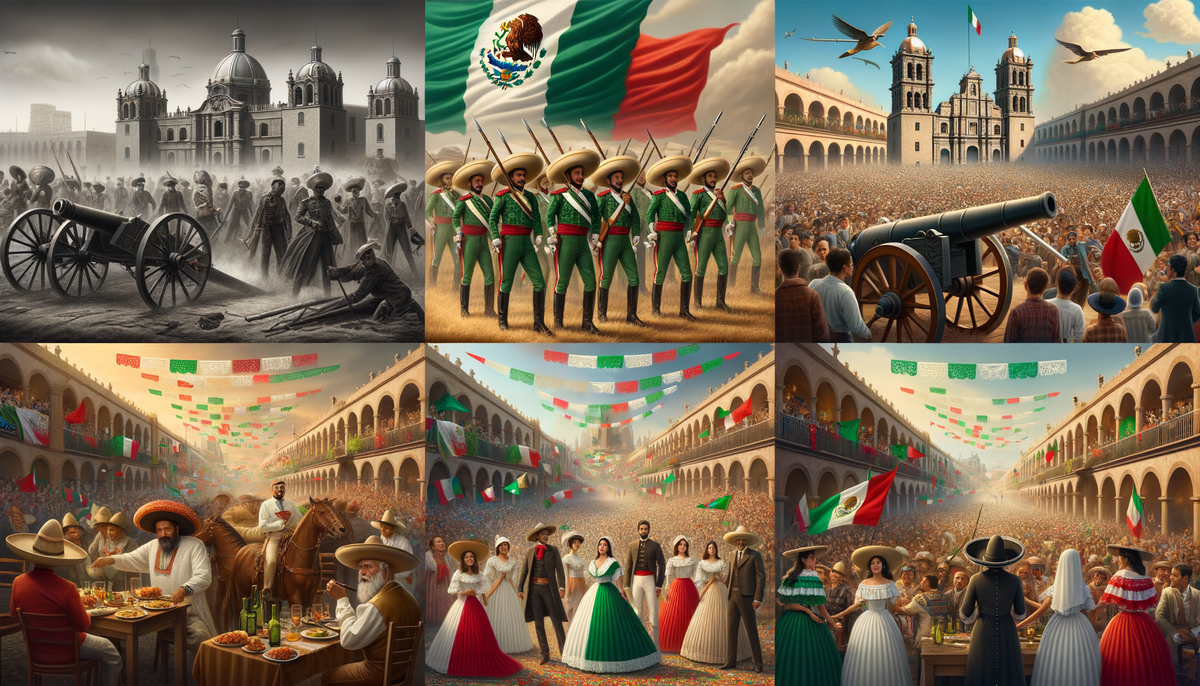5 de Mayo: A Celebration of Mexican Heritage and Historical Triumph
Explore the rich history and cultural significance of 5 de Mayo, from its origins at the Battle of Puebla to its modern-day celebrations in Mexico and the U.S.

5 de Mayo: A Celebration of Mexican Heritage and Historical Triumph
5 de Mayo, often confused with Mexican Independence Day, commemorates a pivotal moment in Mexican history — the victory over French forces at the Battle of Puebla in 1862. While not a federal holiday in either Mexico or the United States, its significance resonates both nationally and culturally, particularly in Puebla and across Mexican-American communities in the U.S.
Historical Background
The story of Cinco de Mayo begins in 1861 when Mexico, facing financial hardship, declared a moratorium on foreign debt payments. This decision led to military invasions by England, Spain, and France. Though England and Spain quickly withdrew, France, under Napoleon III, aimed to establish a monarchy in Mexico and limit the influence of the U.S. in North America.
On May 5, 1862, a small Mexican force, led by General Ignacio Zaragoza and comprised of about 3,000 men, faced a well-equipped French army more than twice its size. The battle took place near the city of Puebla, and against the odds, the Mexican forces emerged victorious, inflicting roughly 1,000 casualties on the French. This unexpected triumph boosted the morale of the Mexican resistance and stymied French imperial ambitions for a time.
Establishment as a Holiday
In recognition of this victory, President Benito Juárez declared May 5 as a national holiday called "Battle of Cinco de Mayo Day." The first official celebration of Cinco de Mayo occurred on May 27, 1862, as news of the victory spread. Juárez used this victory to rally the Mexican spirit, encouraging both military and civilian efforts against the ongoing French campaigns.
Evolution of the Celebration
Cinco de Mayo celebrations flourished during the Porfiriato, the era of President Porfirio Díaz, who had participated in the Battle of Puebla. Díaz utilized these celebrations to bolster his political image and foster national unity. However, after Díaz was overthrown, the holiday's observance diminished in Mexico, except in certain areas like Puebla and Veracruz where the day remains entrenched in local tradition.
In contrast, Cinco de Mayo has gained considerable traction in the United States, evolving from a historical remembrance to a broader celebration of Mexican culture, particularly in states with significant Mexican-American populations. Events typically include parades, folk music, traditional dances, and a highlight of Mexican culinary arts.
Modern Observance
Today, while Cinco de Mayo is not a national statutory holiday in Mexico, public schools are closed, allowing for various commemorations. In Puebla, locals participate in reenactments of the battle, parades, and special meals featuring regional delicacies like mole poblano. The city also hosts the Festival Internacional de Puebla and the Festival Internacional del Mole, attracting both national and international visitors.
Military commemorations occur in Mexico City, and Avenida Cinco de Mayo, named by President Juárez, remains a prominent landmark.
This heritage has crossed borders, becoming especially significant in American cities like Los Angeles, Houston, and Chicago, where fairs and events provide an opportunity for Americans to experience Mexican traditions and heritage firsthand.
Practical Takeaways
For professionals involved in organizing Cinco de Mayo events, understanding the deep historical and cultural roots of the holiday can enhance the authenticity of celebrations. Collaborating with local Mexican organizations or artisans can provide richer cultural experiences. Incorporating educational components about the Battle of Puebla and Mexican history into events may deepen appreciation and acknowledgment of this day.
In a business context, companies can engage with Mexican-American communities through sponsorship and participation in local events, aligning brand recognition with cultural appreciation.
Call to Action
Embrace the spirit of Cinco de Mayo by engaging with local communities and learning more about this vibrant aspect of Mexican history and culture. Explore the connections between past and present, and consider how your organization can contribute to fostering cross-cultural understanding and celebration. Visit this guide for more comprehensive insights into the celebrations.




